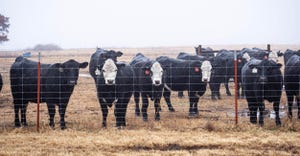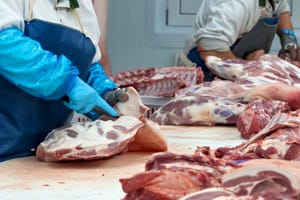Farm Progress America, May 3, 2024
Cattle Health
Farm Progress America, May 3, 2024Farm Progress America, May 3, 2024
Mike Pearson reminds listeners to be on the look out for the Asian Longhorn tick as the weather turns warmer.
Subscribe to Our Newsletters
BEEF Magazine is the source for beef production, management and market news.
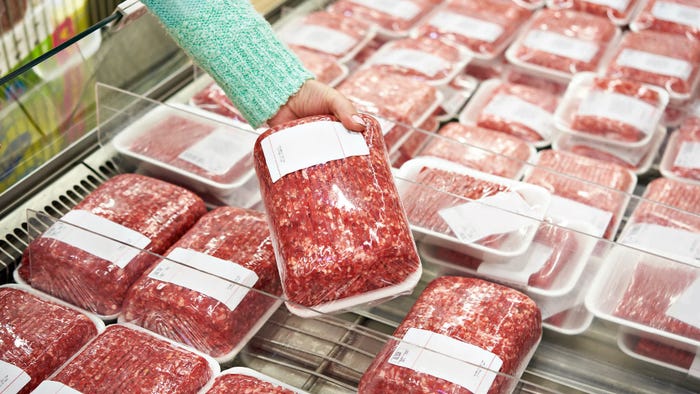


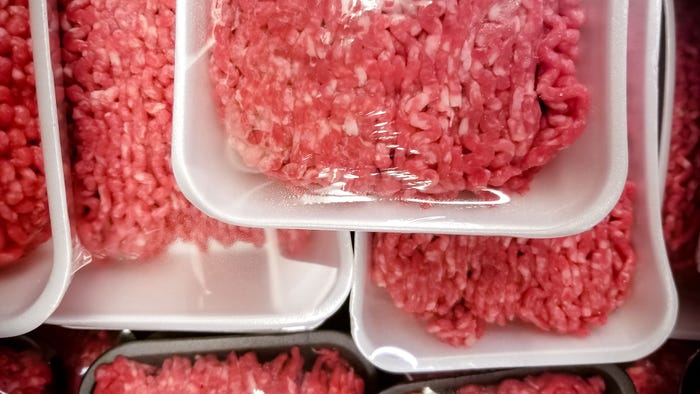
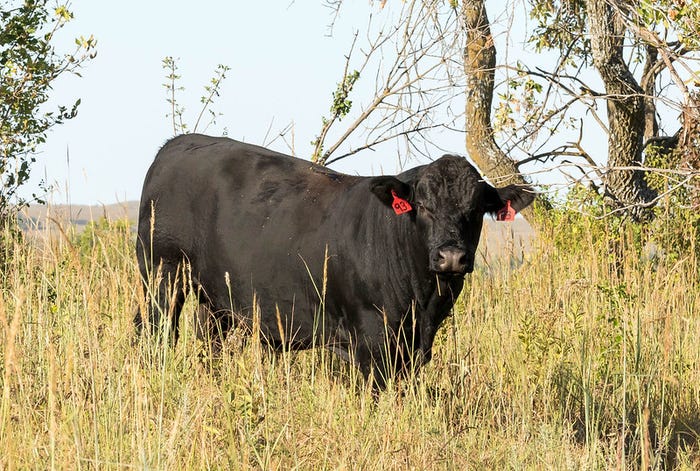


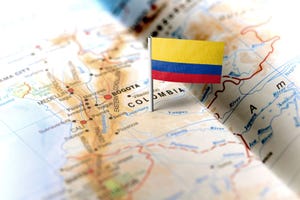



.jpg?width=300&auto=webp&quality=80&disable=upscale)




.png?width=300&auto=webp&quality=80&disable=upscale)
















